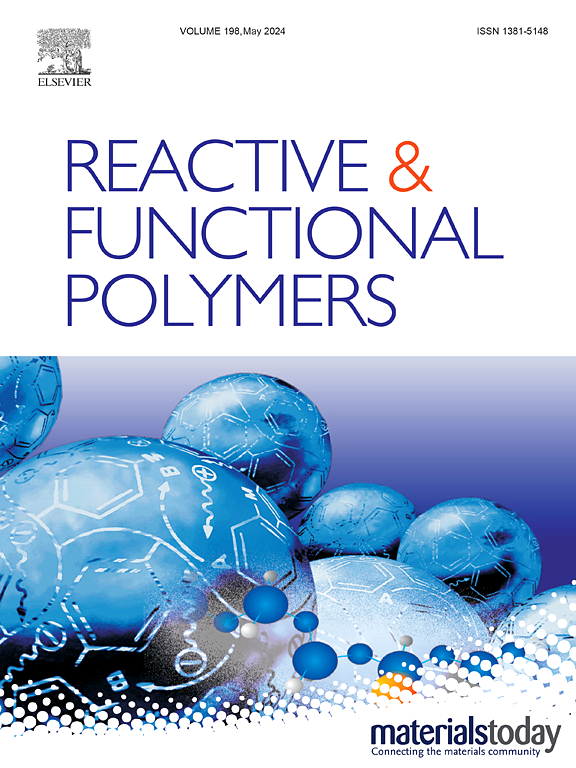混凝土用淀粉基减水剂的机械力法制备
IF 5.1
3区 工程技术
Q1 CHEMISTRY, APPLIED
引用次数: 0
摘要
减水剂是一种对水泥颗粒有分散作用,能减少搅拌用水量的混凝土外加剂。以淀粉为原料,采用机械力法一步制得淀粉硫酸盐减水剂(SAS)。机械力法具有无溶剂、反应效率高、操作简单等优点。采用FT-IR、XRD、UV-vis、GPC、SEM和EDS等手段研究了反应条件对SAS取代度、分子量、表面形貌和元素组成的影响机理。通过水泥净流实验发现SAS具有优异的减水性能,并对SAS的减水机理进行了深入分析。SAS作为一种新型的生物质基高效减水剂,在替代市售减水剂、支持建筑行业高质量发展方面具有巨大潜力。本文章由计算机程序翻译,如有差异,请以英文原文为准。

Mechanical force method for the preparation of starch-based water reducer for concrete
Water reducing agent is a kind of the concrete admixture that has a dispersing effect on cement particles and can reduce the mixing water consumption. In this paper, starch sulfate water reducing agent (SAS) was prepared in one step by mechanical force method using starch as raw material. The mechanical force method has the advantages of no solvent, efficient reaction and simple operation. The mechanism of the reaction conditions on the substitution degree, molecular weight, surface morphology and elemental composition of the SAS was investigated by using FT-IR, XRD, UV–vis, GPC, SEM and EDS. SAS was found to have excellent water reduction properties through cement net flow experiments, and the water reduction mechanism of SAS was analyzed in depth. As a new biomass-based high-efficiency water reducing agent, SAS has great potential to replace commercially available water reducing agents and support the high quality development of the construction industry.
求助全文
通过发布文献求助,成功后即可免费获取论文全文。
去求助
来源期刊

Reactive & Functional Polymers
工程技术-高分子科学
CiteScore
8.90
自引率
5.90%
发文量
259
审稿时长
27 days
期刊介绍:
Reactive & Functional Polymers provides a forum to disseminate original ideas, concepts and developments in the science and technology of polymers with functional groups, which impart specific chemical reactivity or physical, chemical, structural, biological, and pharmacological functionality. The scope covers organic polymers, acting for instance as reagents, catalysts, templates, ion-exchangers, selective sorbents, chelating or antimicrobial agents, drug carriers, sensors, membranes, and hydrogels. This also includes reactive cross-linkable prepolymers and high-performance thermosetting polymers, natural or degradable polymers, conducting polymers, and porous polymers.
Original research articles must contain thorough molecular and material characterization data on synthesis of the above polymers in combination with their applications. Applications include but are not limited to catalysis, water or effluent treatment, separations and recovery, electronics and information storage, energy conversion, encapsulation, or adhesion.
 求助内容:
求助内容: 应助结果提醒方式:
应助结果提醒方式:


